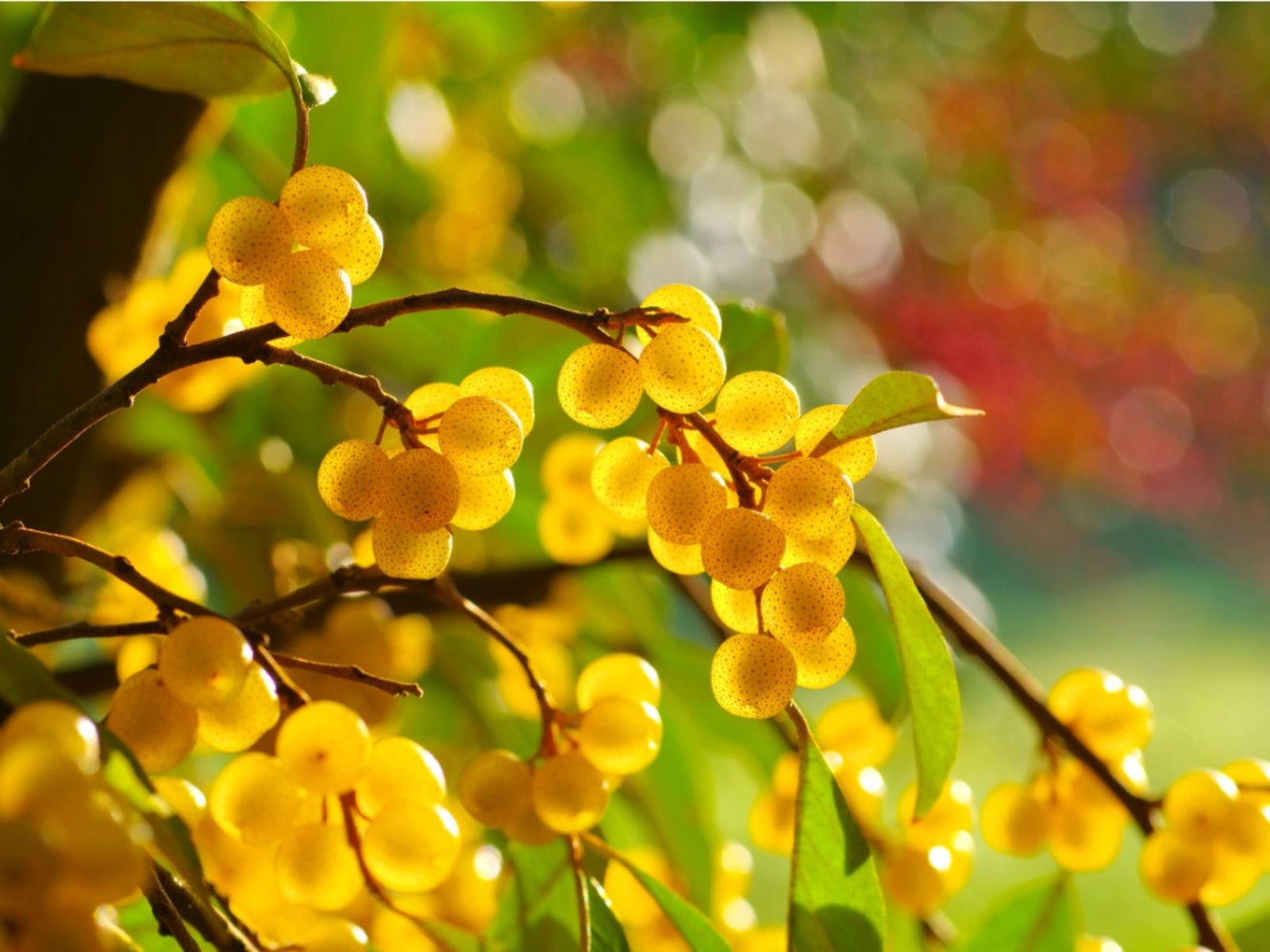Goumi Berry Shrubs – Tips On Caring For Goumi Berries


What are goumi berries? Not a common fruit in any produce department, these little, bright red specimens are very tasty and can be eaten raw or cooked into jellies and pies. Also, to their credit, goumi berry shrubs are hardy and able to thrive in all kinds of conditions. Whether you want to collect the fruit or just want a tough, attractive tree, growing goumi berries is a good bet. Keep reading to learn more goumi berry information.
Caring for Goumi Berries
Goumi berry shrubs (Elaeagnus multiflora) are very durable. The plants can survive temperatures as low as -4 degrees F. (-20 C.). Although the aboveground plant may die back at colder temperatures, the roots can survive as low as -22 degrees F. (-30 C.) and will regrow again in the spring. The shrubs can tolerate any kind of soil, from sand to clay and acidic to alkaline. They will grow in nutritionally poor soil and polluted air and will do well in full sun or partial shade. They can even tolerate salty sea air. In other words, growing goumi berries does not take a lot of special care. They’re just that flexible!
Additional Goumi Berry Information
The berries themselves are half an inch (1 cm.) wide, round, and bright red. The shrub flowers in the spring and the fruits ripen in high summer. Goumi berries are best harvested by shaking the shrub and collecting the berries on a sheet below. This can be hard on the plant, however, and you need to be careful not to damage the tender, young shoots. It helps to harvest the berries when they are at their ripest – they should be a deep, scarlet color and not as acidic in flavor. That being said, they are quite acidic even at their ripest, which is why they’re often made into pies and jams.
Sign up for the Gardening Know How newsletter today and receive a free copy of our e-book "How to Grow Delicious Tomatoes".

The only child of a horticulturist and an English teacher, Liz Baessler was destined to become a gardening editor. She has been with Gardening Know how since 2015, and a Senior Editor since 2020. She holds a BA in English from Brandeis University and an MA in English from the University of Geneva, Switzerland. After years of gardening in containers and community garden plots, she finally has a backyard of her own, which she is systematically filling with vegetables and flowers.